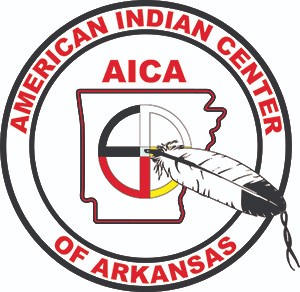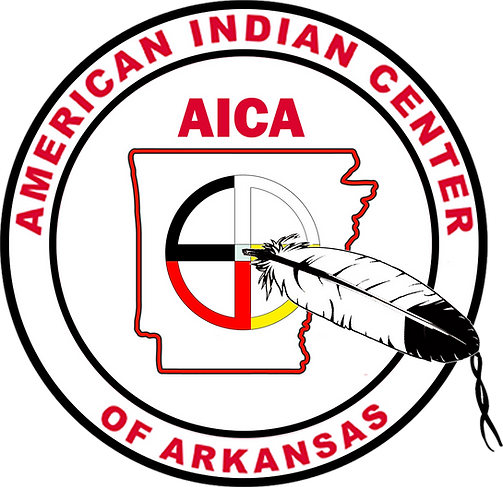DELICIOUS FOODS
26 Native American Foods You Should Try At Least Once By Adrienne Katz Kennedy and Hunter Wren Miele Updated: Feb. 19, 2025 10:43 am EST All too often, Native Americans and other Indigenous groups and cultures are written about in the past tense rather than in the present. While it is essential

